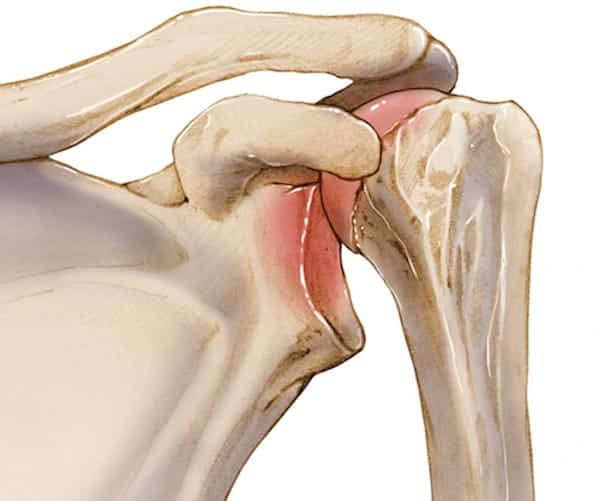Superior Glenohumeral Dislocation: Mechanism of Injury, Evaluation, Treatment, and Complications
Superior Glenohumeral Dislocation: Mechanism of Injury, Evaluation, Treatment, and Complications
Introduction
Superior Glenohumeral Dislocation is a rare type of injury, less common than inferior glenohumeral dislocation. It occurs when an extreme anterior and superior directed force is applied to the adducted upper extremity, such as a fall from a height onto the upper extremity, which forces the humeral head superiorly from the glenoid fossa. Along with this rare injury, patients may be laden with associated fractures of the acromion, clavicle, coracoid, and humeral tuberosities, as well as injuries to the acromioclavicular joint.
Clinical and Radiographic Evaluation
Clinical evaluation typically reveals how this injury affects patients physically. The patient usually presents with a foreshortened upper extremity that is held in adduction. Clinicians might palpate and notice a humeral head above the level of the acromion while diagnosing the patient's condition. It is important to remember that neurovascular injuries are common and must be ruled out during evaluations.

To further diagnose the injury, Trauma series of the affected shoulder are obtained, including AP, scapular-Y, and axillary views. Among these views, AP radiography is typically diagnostic, displaying dislocation of the humeral head superior to the acromion process. Radiographs must also be scrutinized for associated fractures to better understand the damage due to a diffusely painful shoulder.
Treatment
Closed reduction is the intended course of treatment, using analgesics and sedatives, however, if the dislocation is irreducible soft tissue injury and associated fractures are recognizable, which may lead to open reduction. Preemptively, axial traction with countertraction, when taken in an inferior direction, with lateral traction applied to the upper arm can facilitate reduction.
Potential Complications
There are potential complications that come with this injury. Neurovascular complications are usually present and may cause traction injuries in patients, which can resolve with reduction in most cases.
Note:
It is important to seek immediate medical attention if an extreme anterior and superior directed force is applied to the adducted upper extremity and a Superior Glenohumeral Dislocation is suspected to prevent further complications.

